15 N64 games that deserve sequels on the Nintendo Switch
These N64 classics deserve to be revived on the latest Nintendo hardware
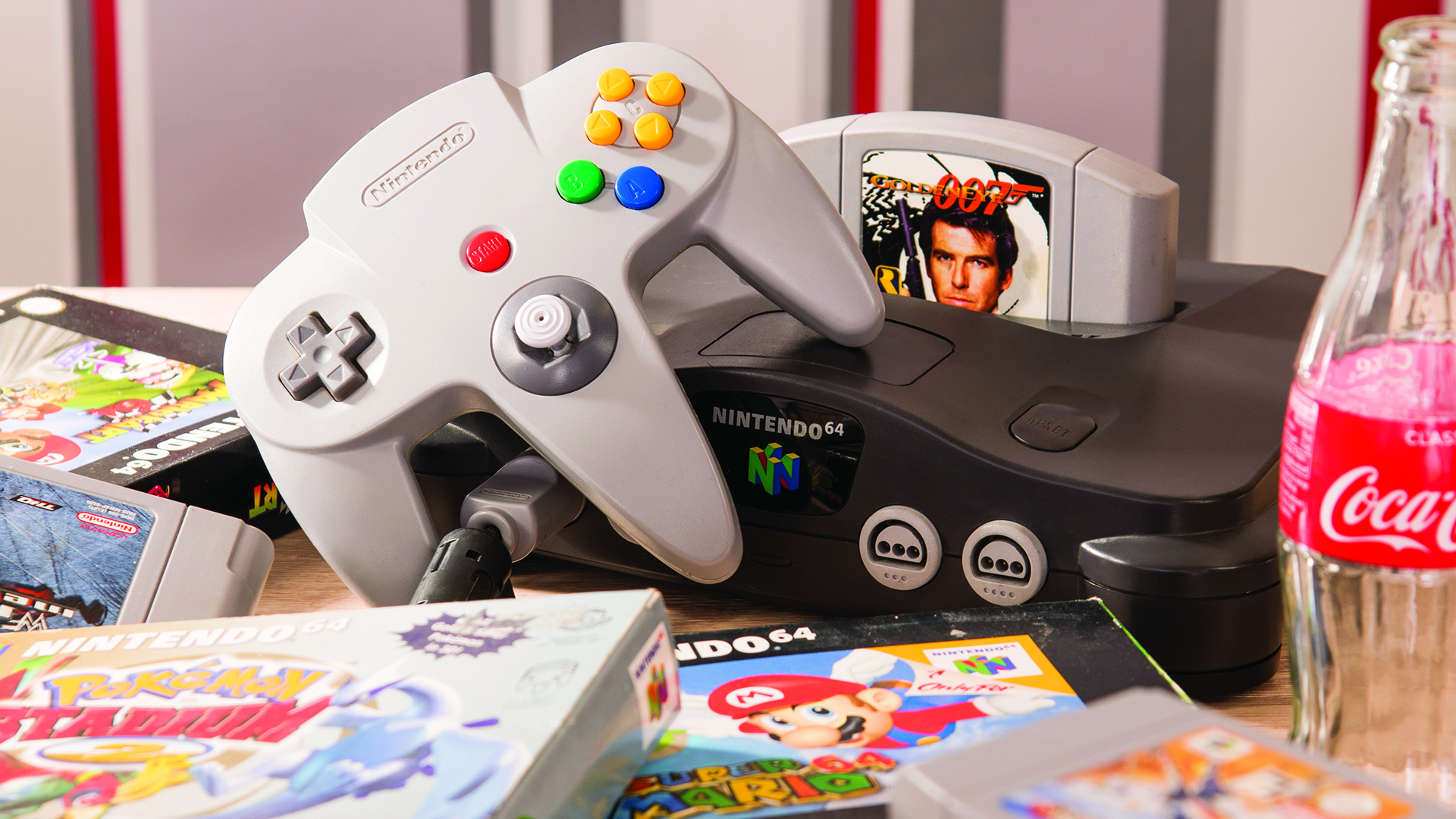
Finally, 21 years after Pokemon Snap’s initial release, Nintendo has surprised everyone by announcing a long-awaited sequel. The reaction has been overwhelmingly positive, proving there’s still a market for Nintendo 64 titles among both nostalgic adults and newer, younger players.
In fact, there are plenty of creative games on the console that are ripe for a revisit. Admittedly, it’s easy to look back at these old favourites with rose-tinted glasses – and many of them do feel very dated – but at their core these are still great games that have a lot of potential if they were brought to newer consoles. We’re not talking about straight remakes, though: we want these to get the Pokemon Snap treatment. Here are 15 N64 games that deserve a modern sequel.
Diddy Kong Racing
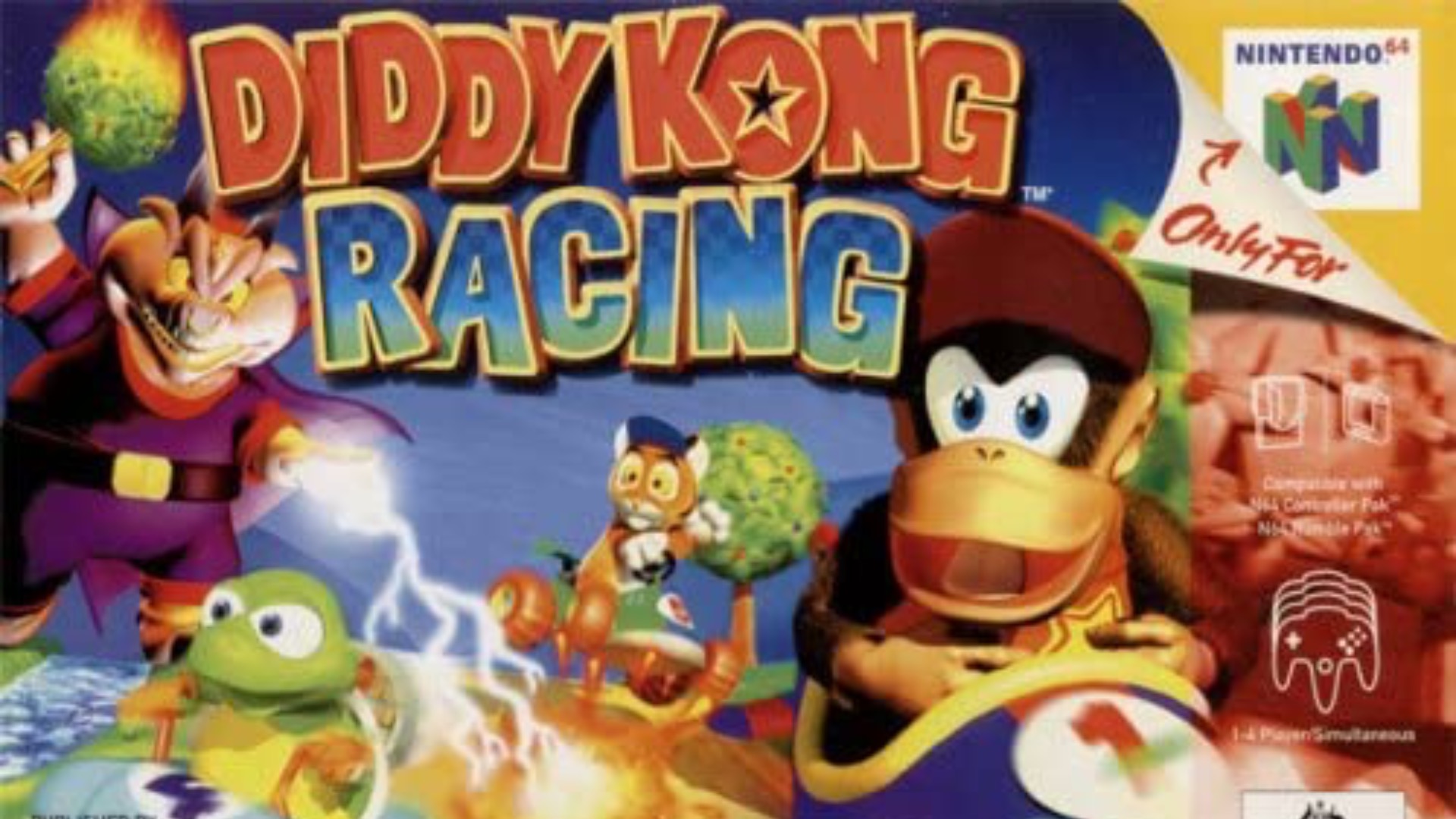
Although it was always in the shadow of Mario Kart 64, Diddy Kong Racing was in many ways a superior title. Players could race in boats and planes as well as cars, and there was a memorable boss battle against a triceratops. It also encouraged exploration, with keys hidden off the main tracks that unlocked battle stages – including an egg collecting game that will feel familiar to Fall Guys players. The game was the creation of Rare, the developer behind many of the Nintendo 64’s most beloved releases, and marked the first appearance of characters like Conker and Banjo before they found fame in their own adventures.
There were two attempts at sequels, Diddy Kong Racing Adventure was cancelled and Diddy Kong Pilot eventually became Banjo-Pilot for the Game Boy Advance. Diddy did get remastered for the Nintendo DS in 2007, but the reception was poor. There’s no shortage of racing games on the Nintendo Switch, but Diddy Kong Racing’s colourful characters and challenges could make for a fun multiplayer experience. It’s high time this karting classic got a proper follow-up.
Banjo-Kazooie / Tooie
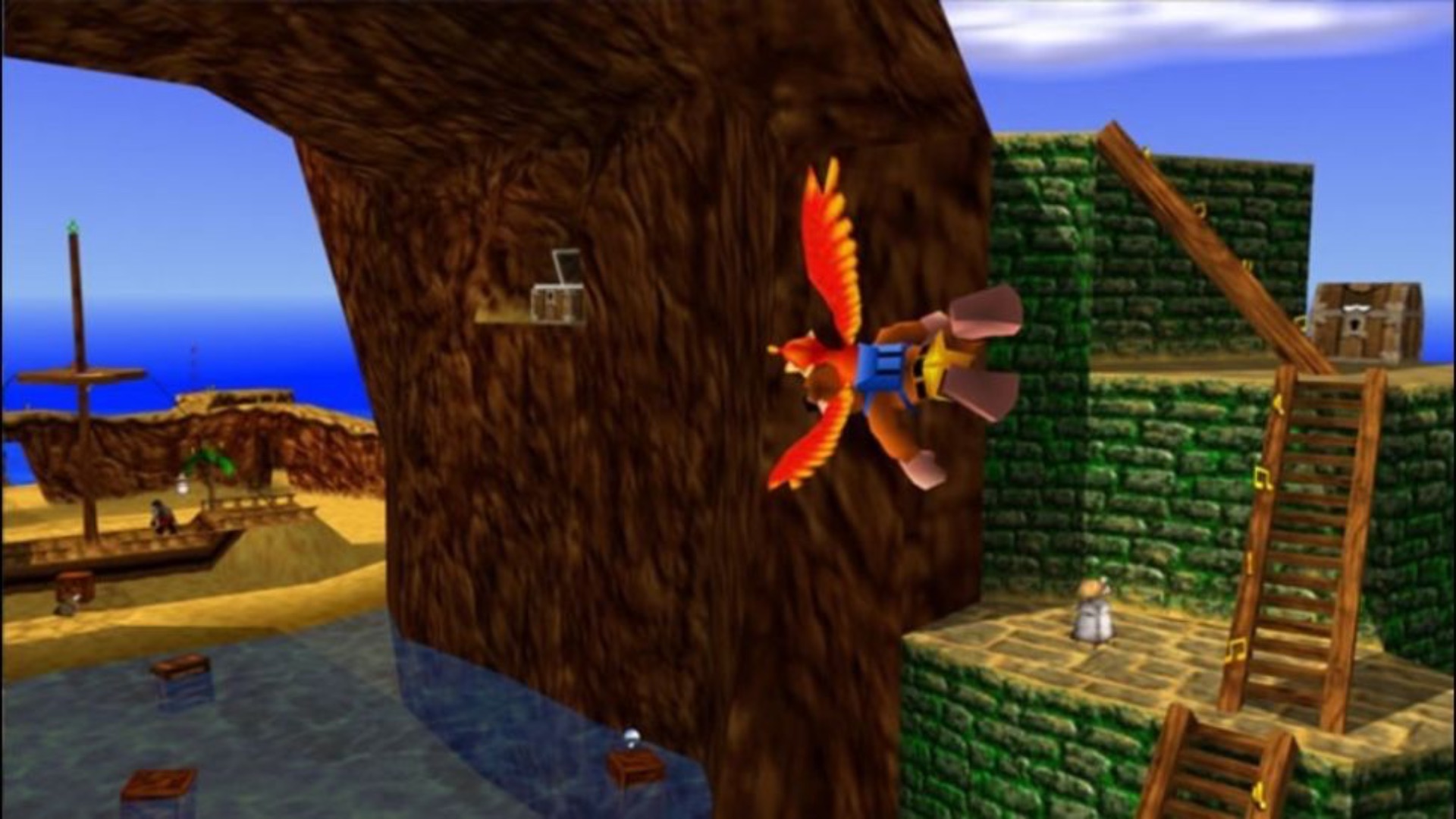
The titular bear and bird are one of Rare’s most beloved duos, and for good reason. The googly-eyed characters, cheeky dialogue and memorable music meant the first two Banjo games were highlights of the N64 era.
The series stalled after Rare was bought by Microsoft in 2002, and though the duo got two spin-off games and a sequel-of-sorts (Banjo-Kazooie: Nuts & Bolts) they failed to capture the same feeling as the original two. The closest we’ve got to a proper 3D sequel with similar game-play mechanics is the spiritual successor Yooka-Laylee, which was released by a team of former Rare staffers in 2017. Despite initial support from fans, the game was criticised for its old-fashioned mumble-dialogue and clunky camera – which was an attempt to replicate the style of the 90s – and it reverted back to 2D for a second instalment.
Could Banjo-Threeie still happen? Microsoft clearly hasn’t forgotten the characters - the studio surprised fans by allowing Banjo and Kazooie to appear in Nintendo’s’s Super Smash Bros Ultimate. If the team behind a sequel learned lessons from Yooka-Laylee, a third game in the series could be something great.
Sign up to the GamesRadar+ Newsletter
Weekly digests, tales from the communities you love, and more
Pokemon Stadium
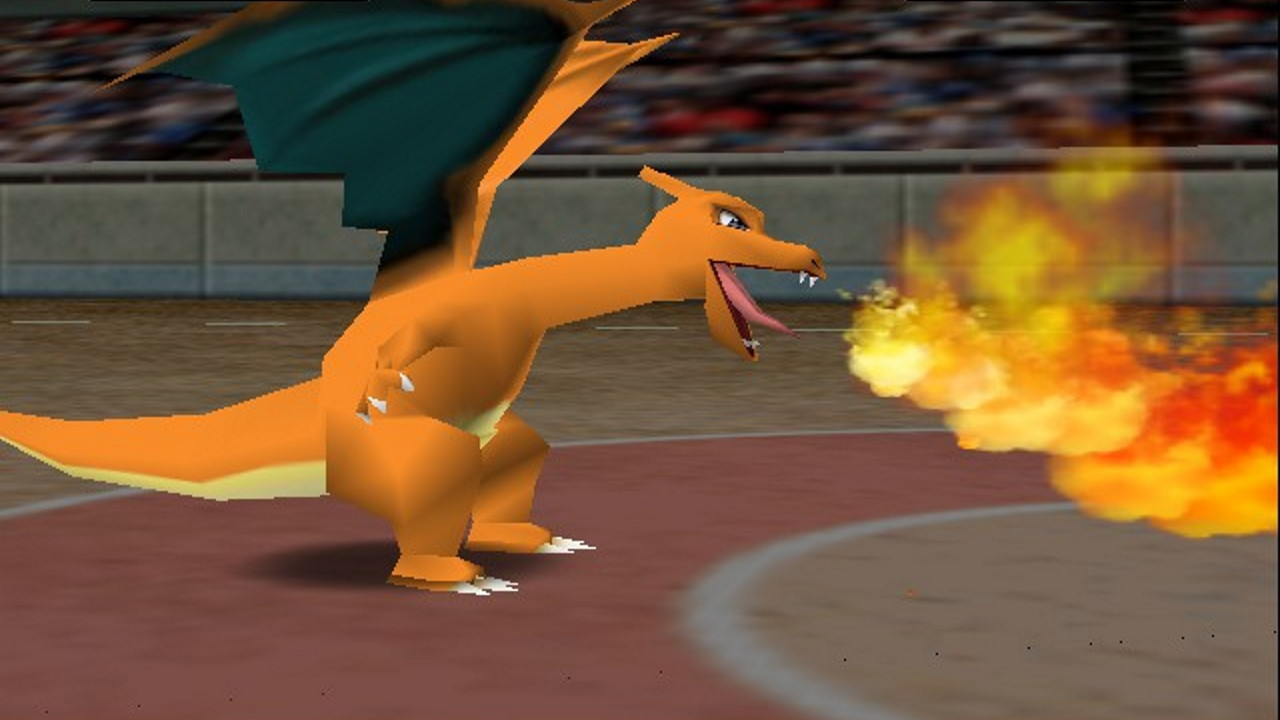
While many people are over the novelty of watching Pokemon battles take place in three dimensions, back in 2000, it felt groundbreaking. As well as brawling with the creatures available in-game, Pokemon Stadium also came with a transfer pack that let you emulate your Game Boy on the TV and even transfer Pokemon caught in Red and Blue over to Stadium to see them battle in chunky 3D, polygonal glory. Stadium was also notable for its memorable mini-games, including the Ekans hoop toss and a Lickitung sushi-eating contest, which were playable by up to four people.
In an era when you can see 3D monsters wandering about freely in their natural habitat in Pokemon Sword and Shield, it’s questionable if there would be the same demand for a Pokemon Stadium game now. However, a modern sequel could work if it lent more heavily into the mini-games, which would fit well with the Switch’s co-op capabilities. With Pokemon Snap getting a sequel, perhaps the Stadium series could be set for a revival.
Perfect Dark
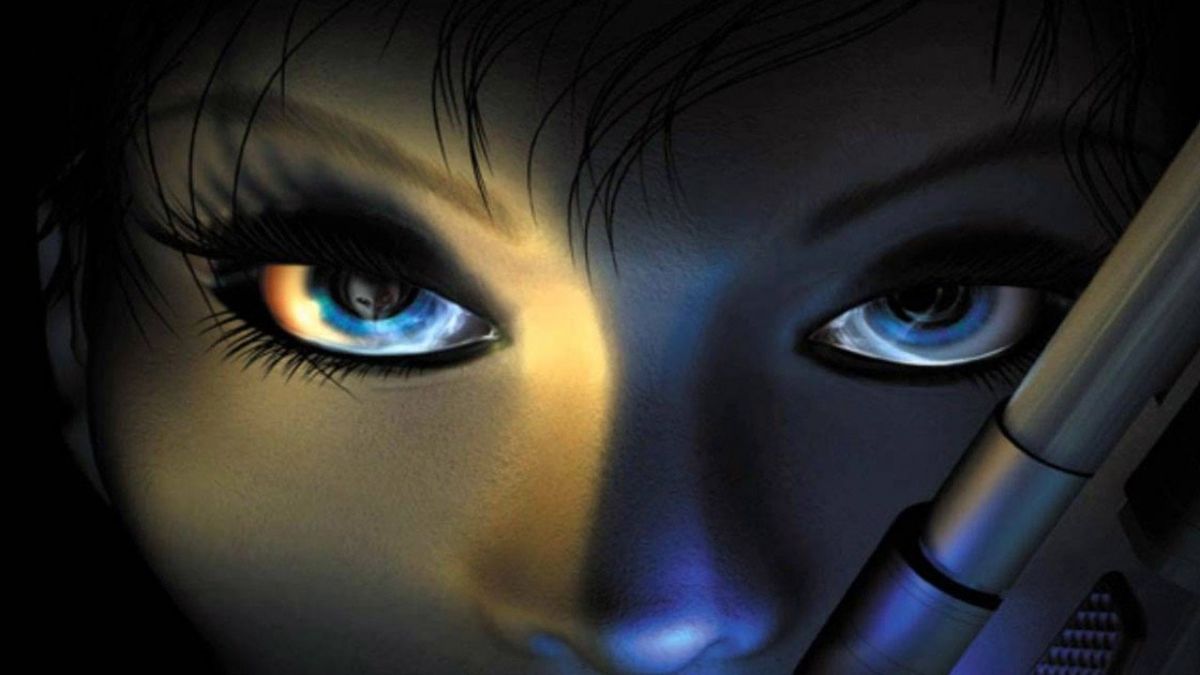
How do you follow-up a game like GoldenEye 007? The answer for Rare was Perfect Dark, a sci-fi shooter that ended up becoming one of the most ambitious titles on the Nintendo 64. Considering it was released in 2000, the game was way ahead of its time, with a creative variety of gadgets and fun, split-screen Counter Operative mode where one player took the role of a random enemy while the other tried to finish the campaign as the main character.
Perfect Dark felt bigger than GoldenEye, but that was partly the problem. Even with the help of the RAM booster pack the game was a challenge for the Nintendo 64 to run, with a frame rate that dropped perilously low if too many things exploded at once. There have been attempts to revive the franchise, but 2005’s middling prequel Perfect Dark Zero didn’t quite stand up to its predecessor, and the original game introduced a lot of interesting features that could do with a revival on a modern console. It was recently reported that Xbox’s new studio, The Initiative, is working on a game set in the Perfect Dark universe as part of its mission statement “to do new things (and old things) in new ways”. Whether it’s a direct sequel or a spin-off, it’s certainly something to watch out for.
Space Station Silicon Valley
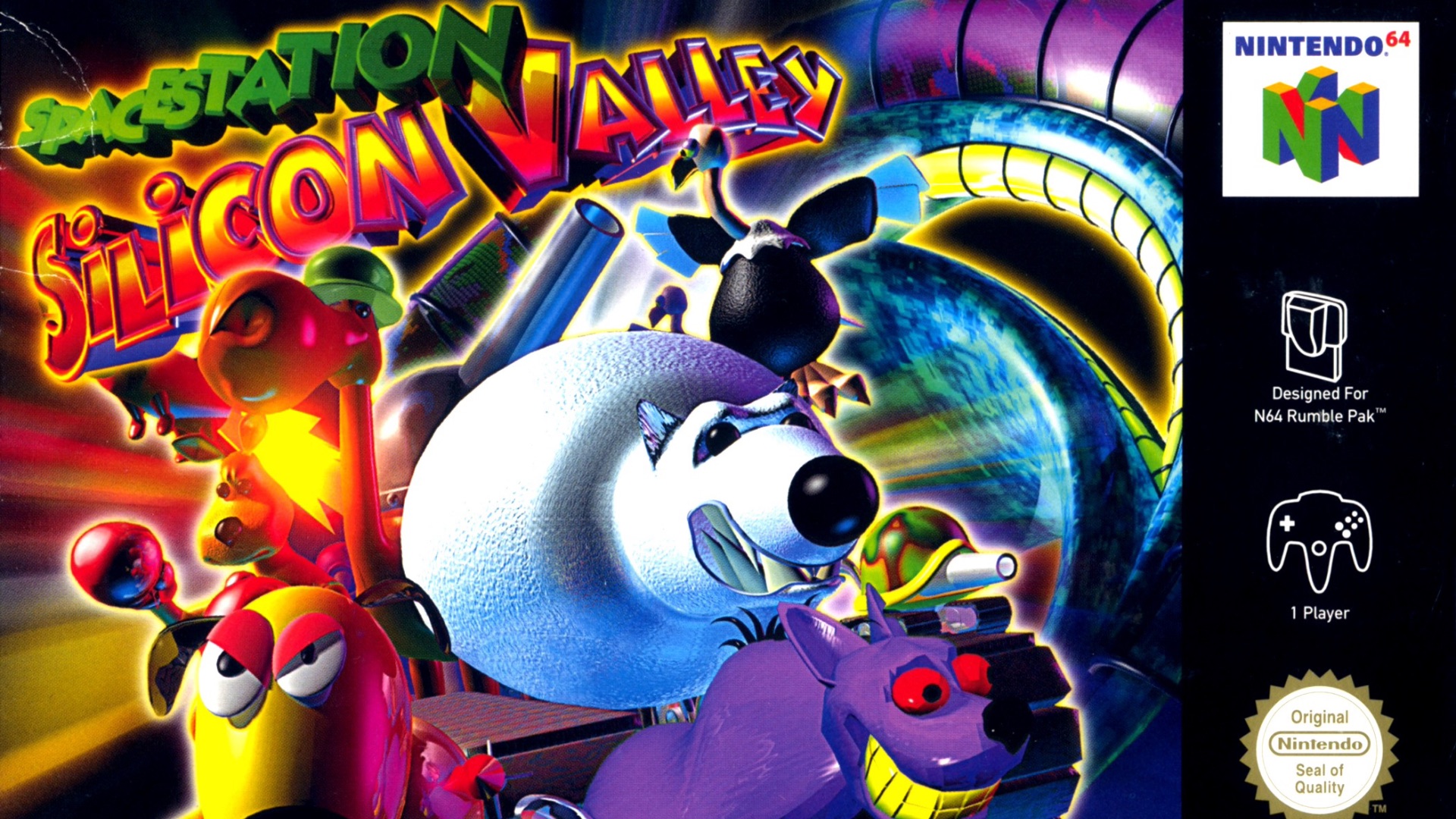
Another of DMA’s early projects was one of the strangest – but most imaginative – 3D platformers of its era. Space Station Silicon Valley begins in the distant future of, er, 2001, when a space station housing animals mysteriously vanishes after being launched into orbit. The ship suddenly reappears in the year 3000, when it’s discovered the animal cargo has merged with the station technology, creating creatures such as rocket-powered penguins and a fox on wheels. You play as Evo, a robot who’s smashed to pieces but can use his remaining microchip to possess random animals and use their different skills to solve puzzles and advance through each level.
The game isn’t quite as finessed as the likes of Banjo-Kazooie, but made up for it with its imaginative and funny gameplay. The title spawned a 2D Game Boy Colour remake and a later Playstation port, but didn’t generate enough sales to ever get a proper sequel. That feels like a real shame for one of the zaniest titles of the Nintendo 64 and, hopefully, it will get a futuristic update someday.
Jet Force Gemini
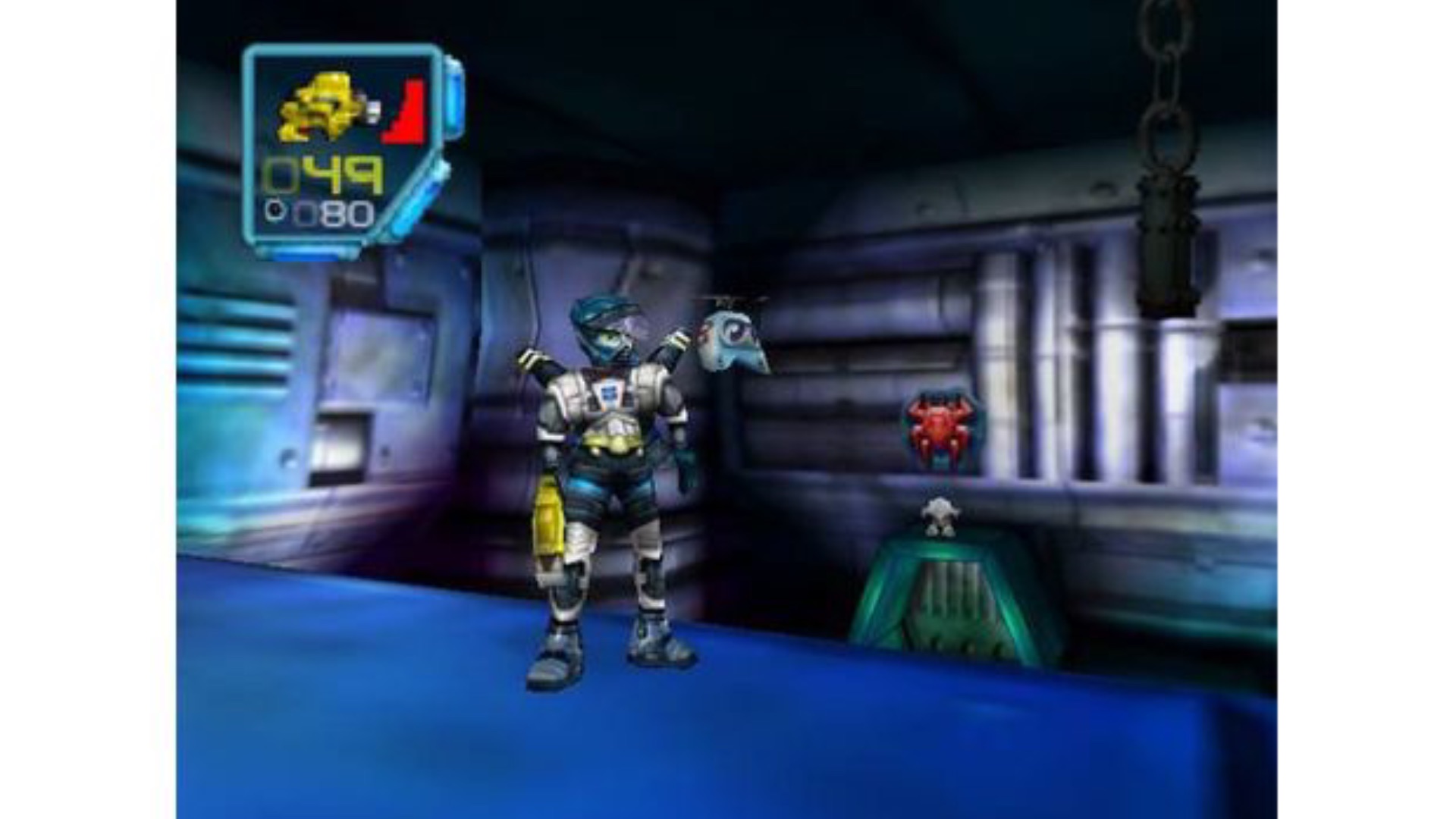
Depending on who you speak to, Jet Force Gemini is either considered an underrated gem or one of the worst examples of an overlong collect-a-thon on the Nintendo 64. The third-person shooter follows three protagonists – the twins Juno and Vela, and their dog Lupus – who form a galactic law enforcement team. The game’s creative ideas, varied character abilities, and level design keep things entertaining, but it’s hampered by awkward controls and the tedious Tribal rescue mission. Players technically can’t finish the game, or watch an ending, unless all of these cuddly koala-like creatures are collected. It doesn’t help that many of them are placed in the line of fire and can be accidentally killed by the player, and backtracking on levels to catch ‘em all can get boring pretty fast.
Though it might be divisive, Jet Force Gemini still has the bones of a great game. When it comes to shooters, the Switch isn’t exactly spoilt for choice, but a modern take on the game could iron out some of its past issues.
Blast Corps
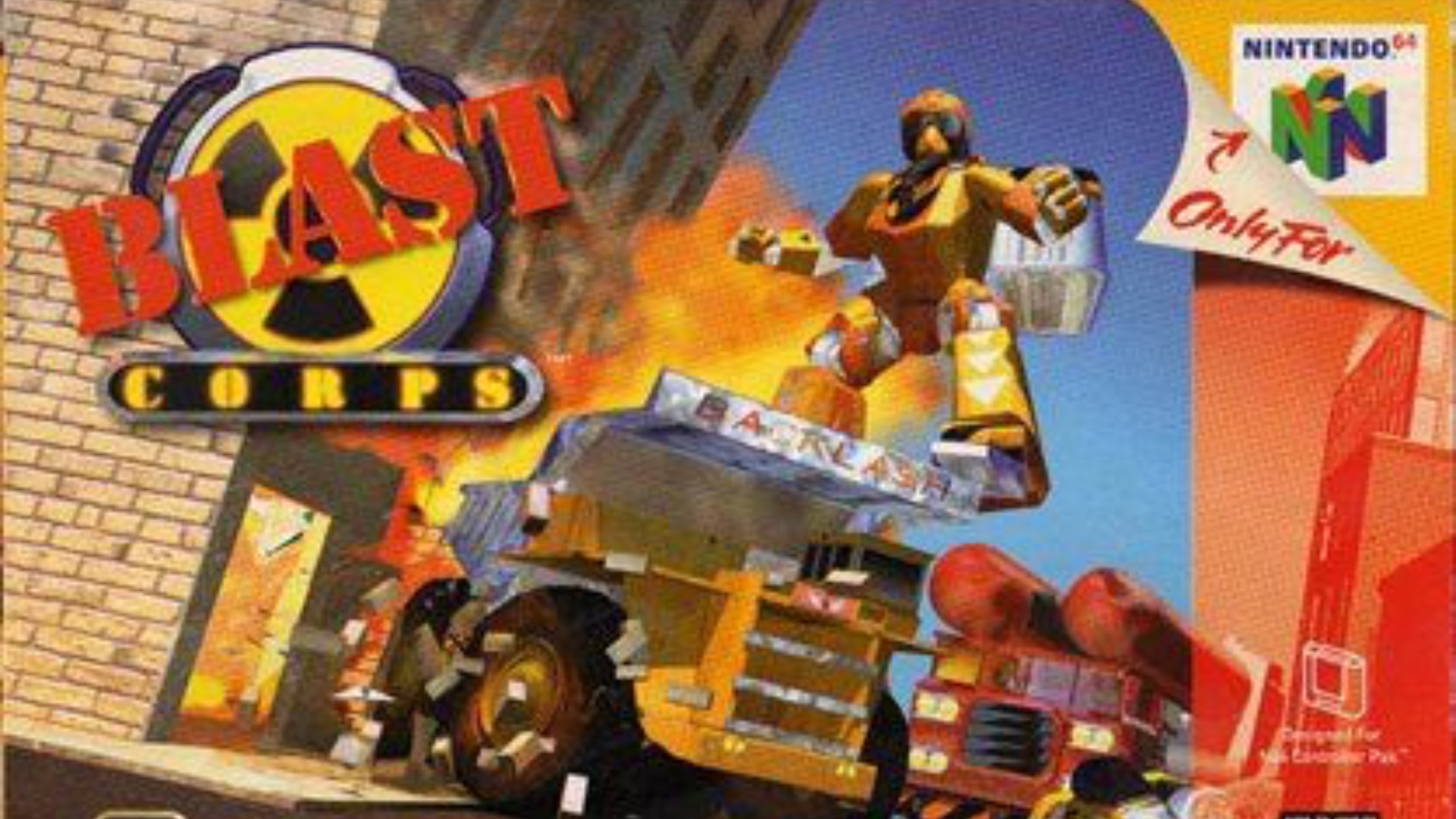
Blast Corps’ appeal is pretty straightforward – because blowing things up is fun! The game is based around the idea that a mobile nuclear missile carrier has gone runaway and the player must obliterate anything in its path to avoid armageddon. If the carrier touches anything else it explodes, so that means levelling buildings to clear the way. Players have to solve puzzles by switching between demolition vehicles such as bulldozers and robot mechs, transporting timed explosive crates and bridging gaps in the carrier’s route. The game has 57 levels of increasing difficulty, and is notoriously hard to complete, but that’s part of what makes it so addictive.
There’s something quite retro about the premise, and an idea like this seems almost too simple to get revived in 2020, but that doesn’t mean it shouldn't be. Blast Corps could make a fun series, as long as they updated the unwieldy camera settings.
Conker’s Bad Fur Day
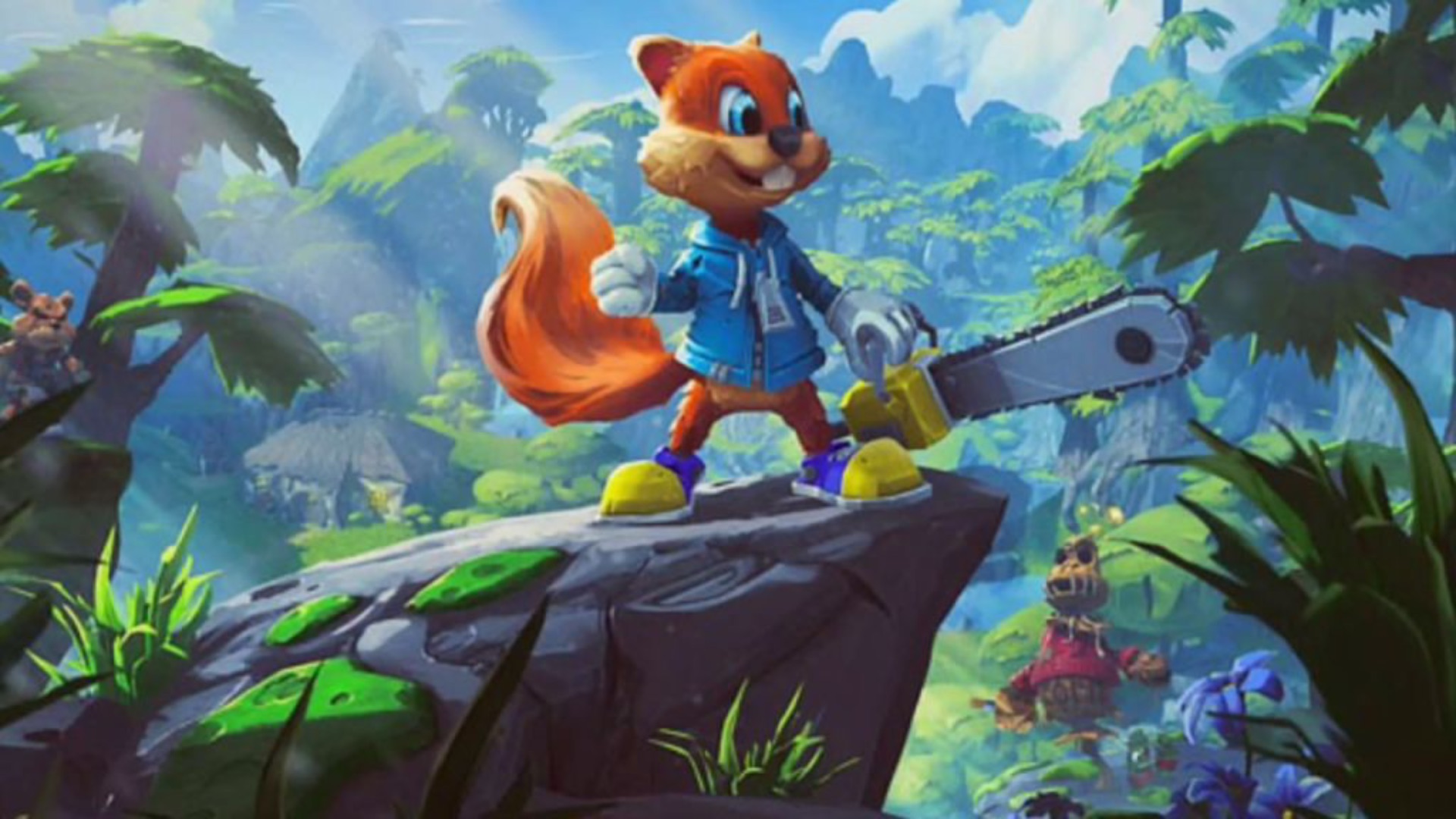
Though it originally started life as a cutesy, child-friendly game, Conker’s Bad Fur Day was turned on its tail over fears it was too similar to other twee 3D platformers of the era. The result was the darkest, crassest game on the Nintendo 64, with Conker’s Bad Fur Day centring a squirrel on a quest to get home to his girlfriend after a night of heavy boozing. The game features foul-mouthed dialogue and a giant opera-singing poo, as well as dated send-ups of movies including Aliens and Saving Private Ryan.
While the game wraps up after Conker beats the villains and becomes king, Rare did originally have plans for a sequel. This would have seen Conker lose his crown and try to escape from a nightclub for dead people after his own death, but it was cancelled after Microsoft bought the studio. The character returned in 2016's Young Conker, a holographic platforming game designed to show off the Microsoft HoloLens mixed reality headset, but there was a major backlash over his redesign, which had Conker looking like he’d enjoyed one too many late nights. It’s hard to imagine a game quite like the original getting made today, but perhaps Conker could still return in his true form for another bad day.
Body Harvest
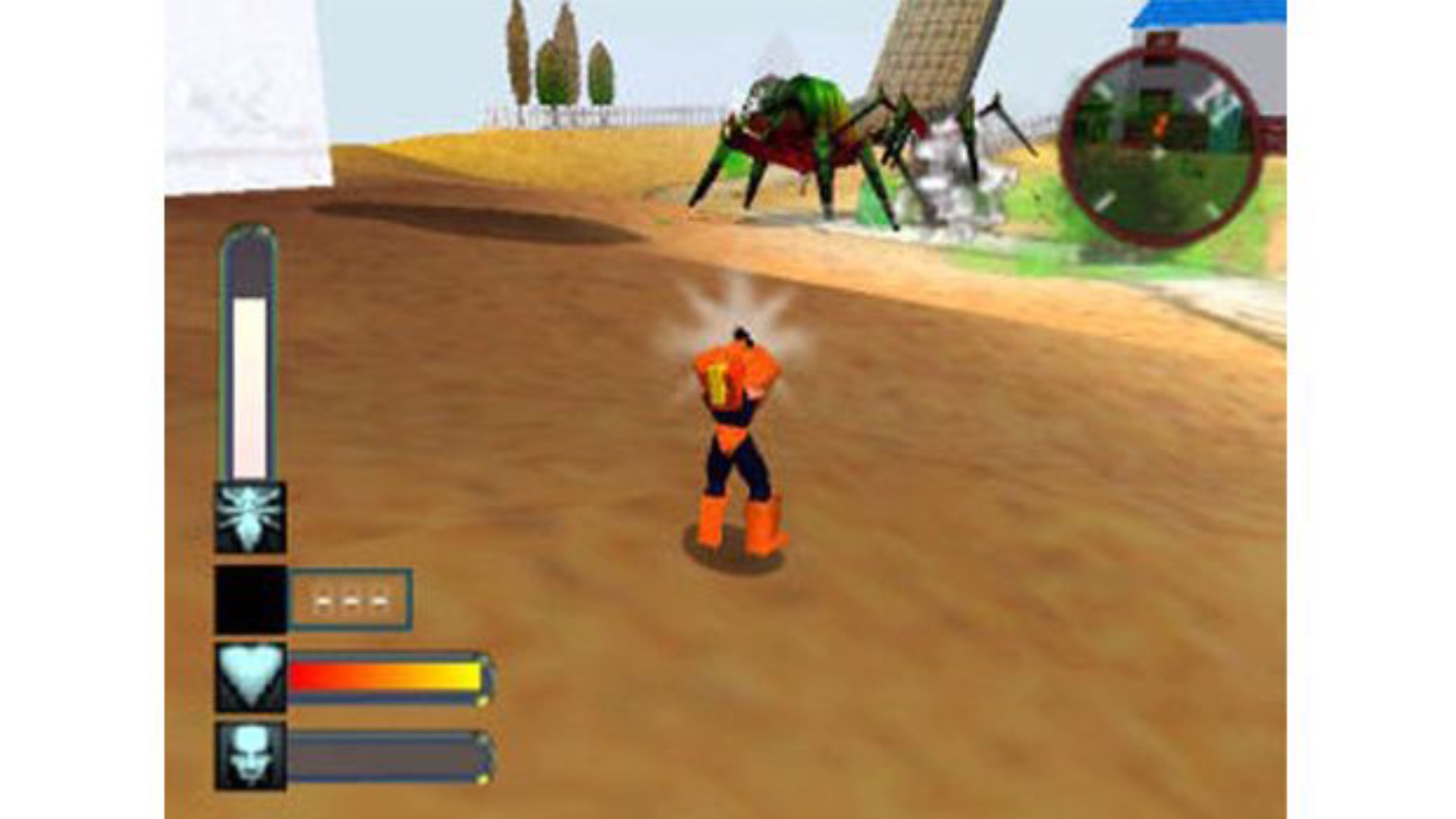
Before there was Grand Theft Auto 3, there was Body Harvest. The bug-blasting adventure was developed by DMA Design, the studio which later became Rockstar North, and is the genesis of a lot of features that made GTA great. The game exists in a 3D open-world and requires players to commandeer land, air, and sea vehicles to complete objectives. Unlike GTA, this was all while battling human-eating giant bugs across multiple time periods, including the futuristic (for 1998) hellhole of 2016.
Body Harvest is hampered by its blocky visuals and is by no means an easy ride – the sparse save system can result in a lot of lost progress – but it explores a lot of ideas that were ahead of its time. A proper sequel with modern graphics could work well on the Switch, which has proven itself capable of handling vast open-world games.
Pokemon Puzzle League
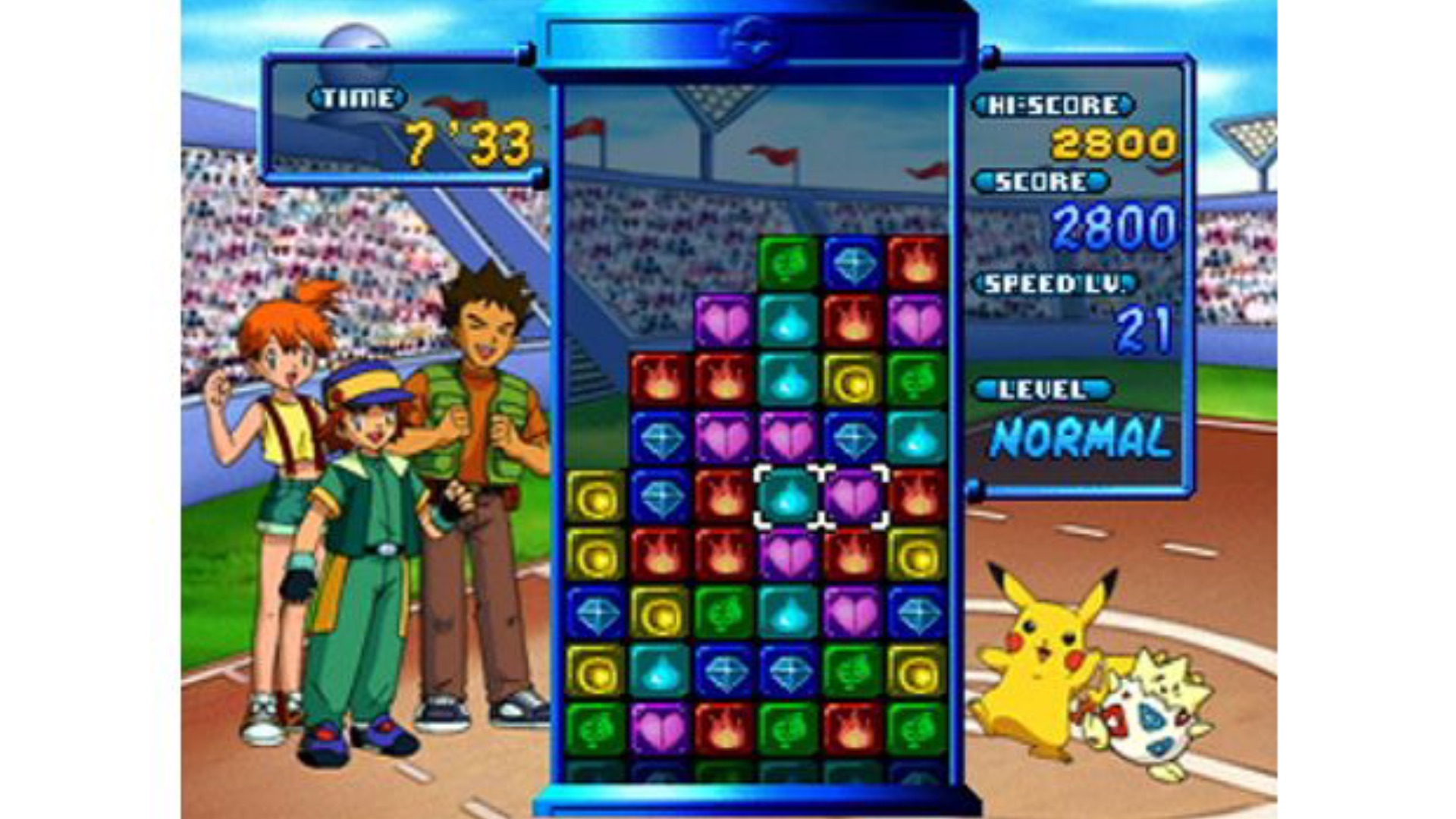
This game is basically Japan’s Panel de Pon (Tetris Attack in the US and Europe) with some cheery Pokemon branding slapped on. But while it may not be the most innovative title, that doesn’t stop it from being an addictive puzzler. In typical Pokemon style, the game sees Ash Ketchum battle Gym Leaders, Team Rocket and his rival Gary, before a final showdown with MewTwo (apparently an avid puzzle player).
Admittedly the Switch already has its share of puzzle games, but a 2020’s update on the Pokemon formula could add some new twists. The game could bring in new settings, draw on the hundreds of new Pokemon that have been released since those Nintendo 64 days, and they could up the difficulty by introducing new blocks to represent the elemental types added in the past two decades. There’s also scope for online gameplay and tournaments. It wouldn’t exactly be a full-priced release, but a modern Puzzle League could be perfect for on-the-go nature of the Switch.
Donkey Kong 64
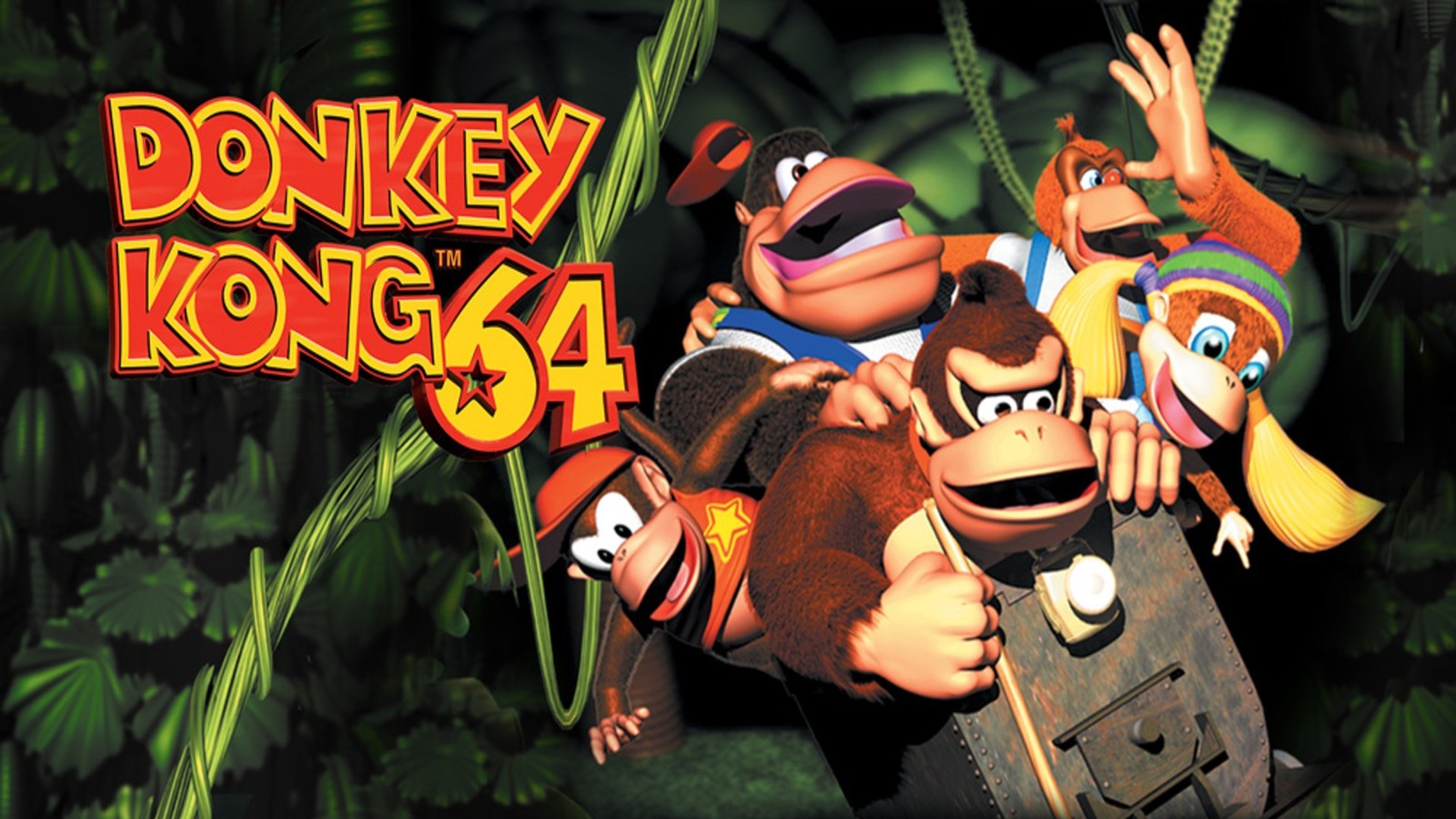
It seems odd that 20 years on, Donkey Kong 64 is still the only fully 3D Donkey Kong game. While the character has appeared many times since, the franchise has reverted back to the 2D format. Admittedly Donkey Kong 64 had its issues, and the game’s emphasis on collectables (there are a total of 3,821) proved tedious, but it feels high time the game got a proper follow-up.
There hasn’t been a standalone Donkey Kong game since 2014’s Tropical Freeze, and with other Nintendo characters venturing into 3D open worlds, perhaps it’s time Donkey Kong got a chance. The series could take cues from Super Mario Odyssey and The Legend of Zelda: Breath of the Wild to bring in some interesting new mechanics, particularly with the different Kong characters and their abilities. Importantly, it could mean that the Donkey Kong Rap finally gets a follow-up.
Turok 3: Shadow of Oblivion
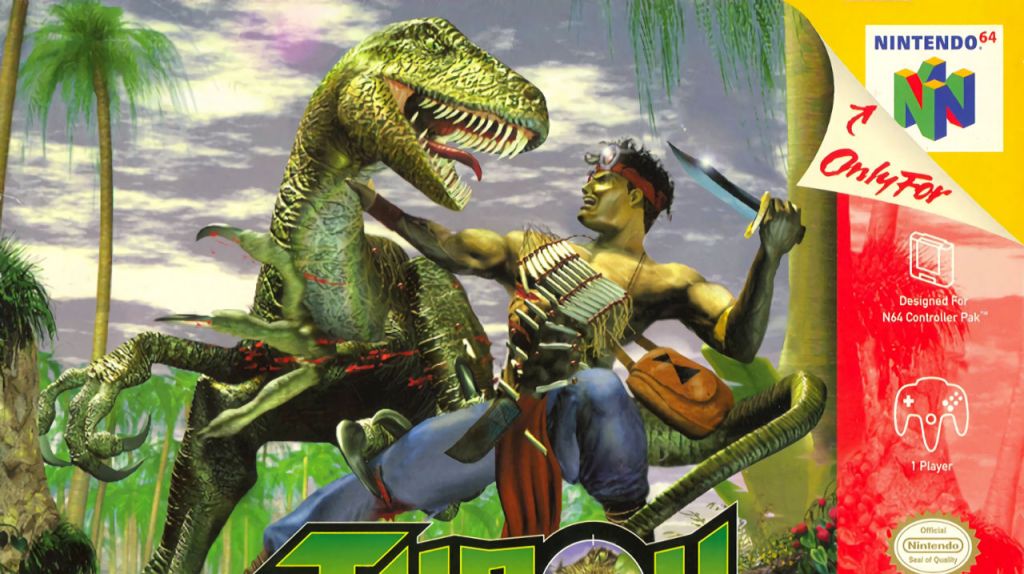
The Nintendo 64’s Turok games were fun, first-person shooters that had the added bonus of, well, dinosaurs. The series made its debut in 1997, the same year as Jurassic Park’s cinematic sequel The Lost World, and seemed primed to capitalise on dino-fever. But after the release of Turok 3 in 2000, the franchise lost momentum. A 2008 reboot received muted critical and commercial reception and effectively put the series on ice for a decade, and 2019’s cutesy Turok: Escape from the Lost Valley is better left ignored.
Despite recent failures, it doesn’t feel right that Turok has been banished to extinction. Remastered versions of the first two games came to the Switch last year, and the reemergence of the Jurassic Park franchise is enough to prove dino fascination never really dies. Though the original games were held back by their ‘90s hardware, with crude textures and famous distance fog which hung over many open areas, a modern release could overcome these issues and produce the sequel Turok deserves.
Mischief Makers
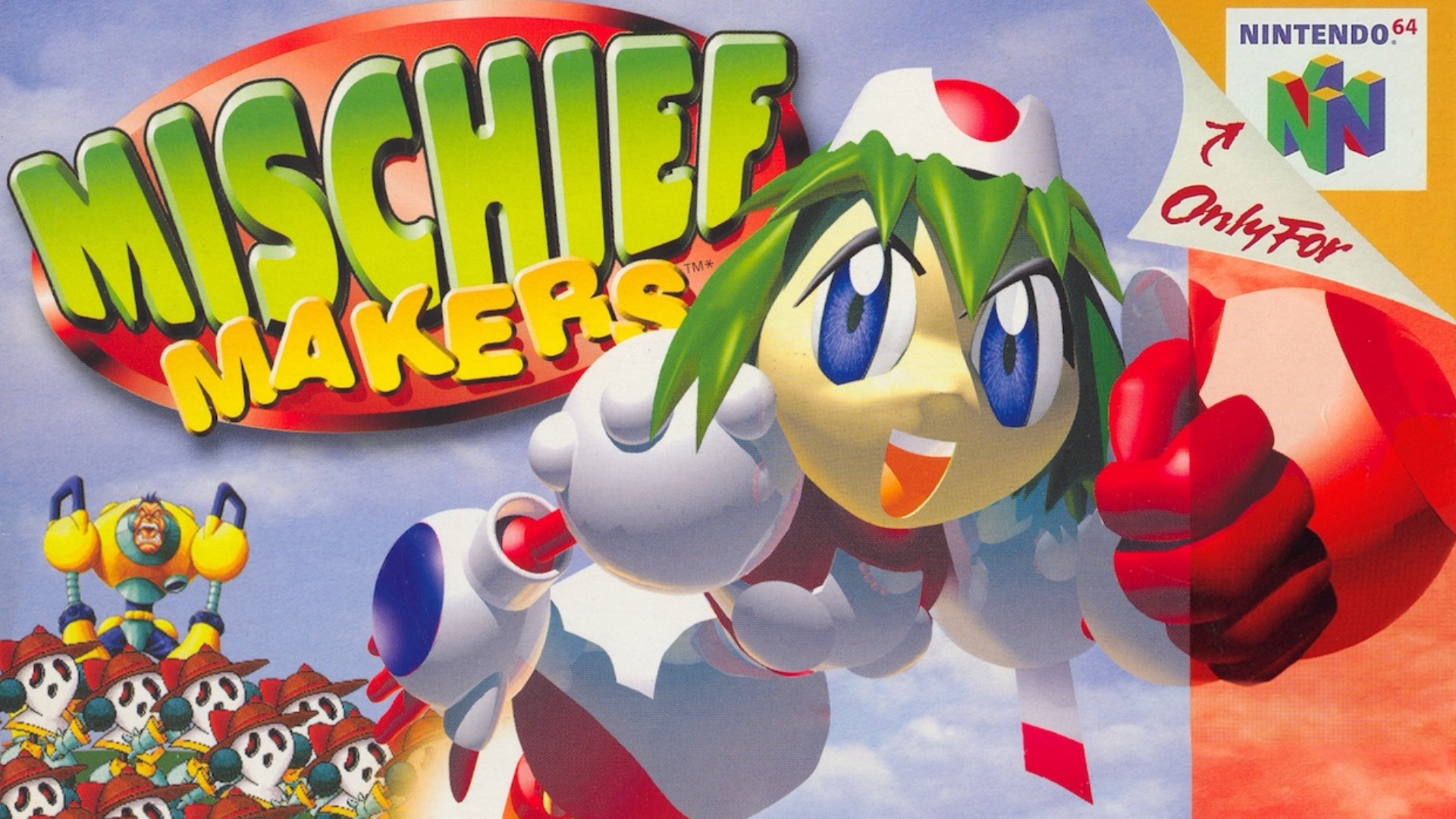
This 2D side scroller largely flew under the radar at a time when 3D, multiplayer games were making waves. Mischief Makers was created by Japanese studio Treasure and sees players take the role of Marina, a robot maid on a mission to rescue her kidnapped creator from an alien planet. To progress, Marina has to grab, shake and throw objects around to uncover secrets and advance through each stage.
It’s quite an odd game and is populated by sad-faced aliens – whose design isn’t a million miles away from Scream’s Ghostface mask – but there are some standout boss fights and entertaining gameplay. Mischief Makers received poor reviews in 1997, and was written off as behind the curve. Still, it seems strange that the character of Marina never returned in some form of follow-up. It would be an interesting game to give a sequel, though it seems unlikely to ever be revisited.
GoldenEye 007
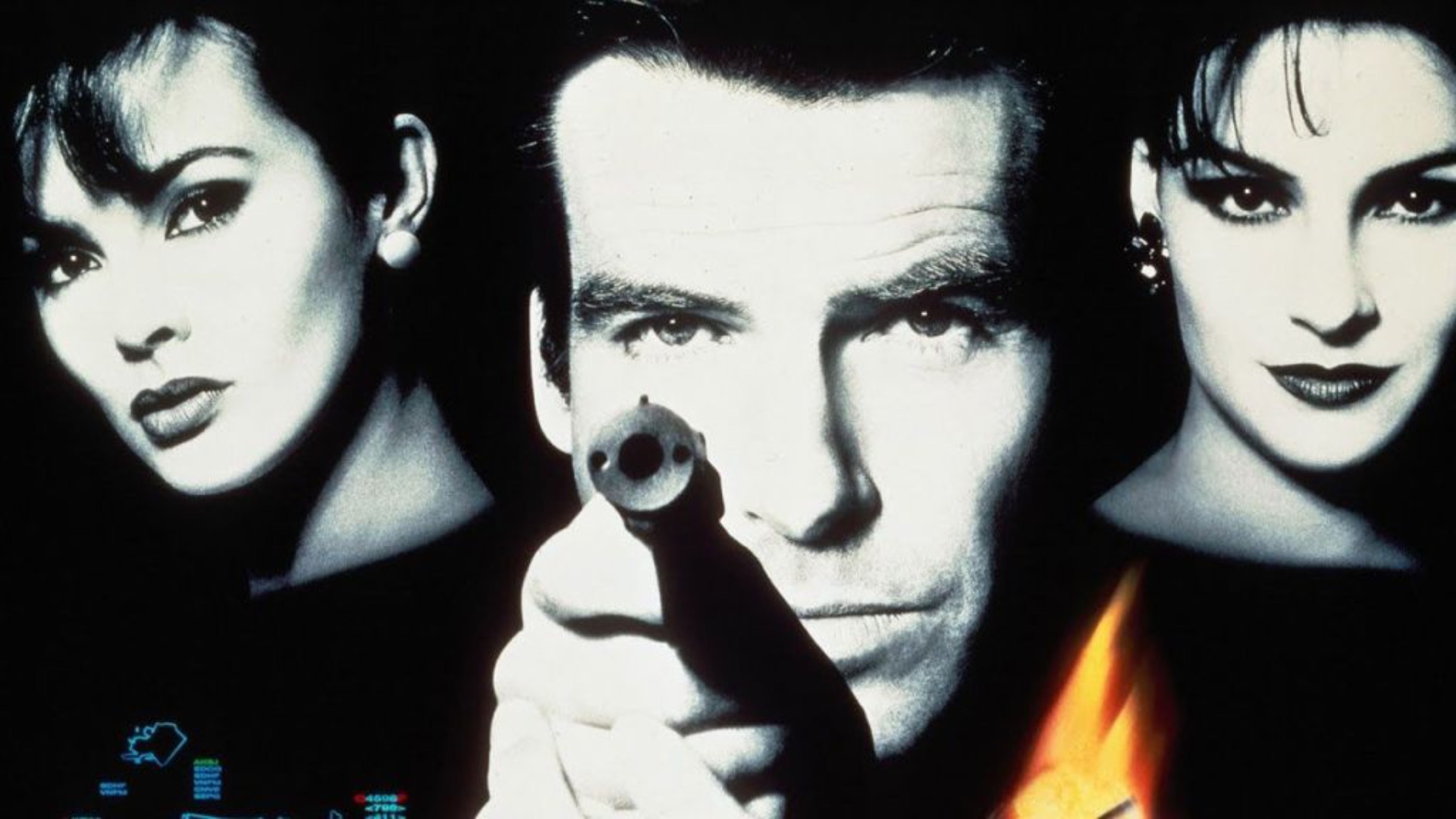
More than 20 years since its release, GoldenEye 007 is still the top dog of the James Bond franchise. The game got a spiritual follow-up in Perfect Dark and even a reimagining with Daniel Craig in 007, but still no proper sequel. In fact, Bond hasn’t had a gaming mission since 2012’s 007 Legends, and his return to the field is long overdue.
Activision lost the rights to the character in 2013 and no developer has since picked up his license to kill, meaning Quantum of Solace was the last movie to get a tie-in game. It seems impossible the franchise will be on hold indefinitely, and with Daniel Craig hanging up his tuxedo this year the series is due for another reboot – which could hopefully include a return to consoles. After all, Bond is too valuable an IP to retire forever. There’s no need for a direct sequel to GoldenEye’s story, but it deserves a successor that taps into its best elements, and bringing its multiplayer online could be entertaining. Bond has come a long way in the last 20 years, and it’s time his gaming franchise caught up.
The Legend of Zelda: Majora’s Mask
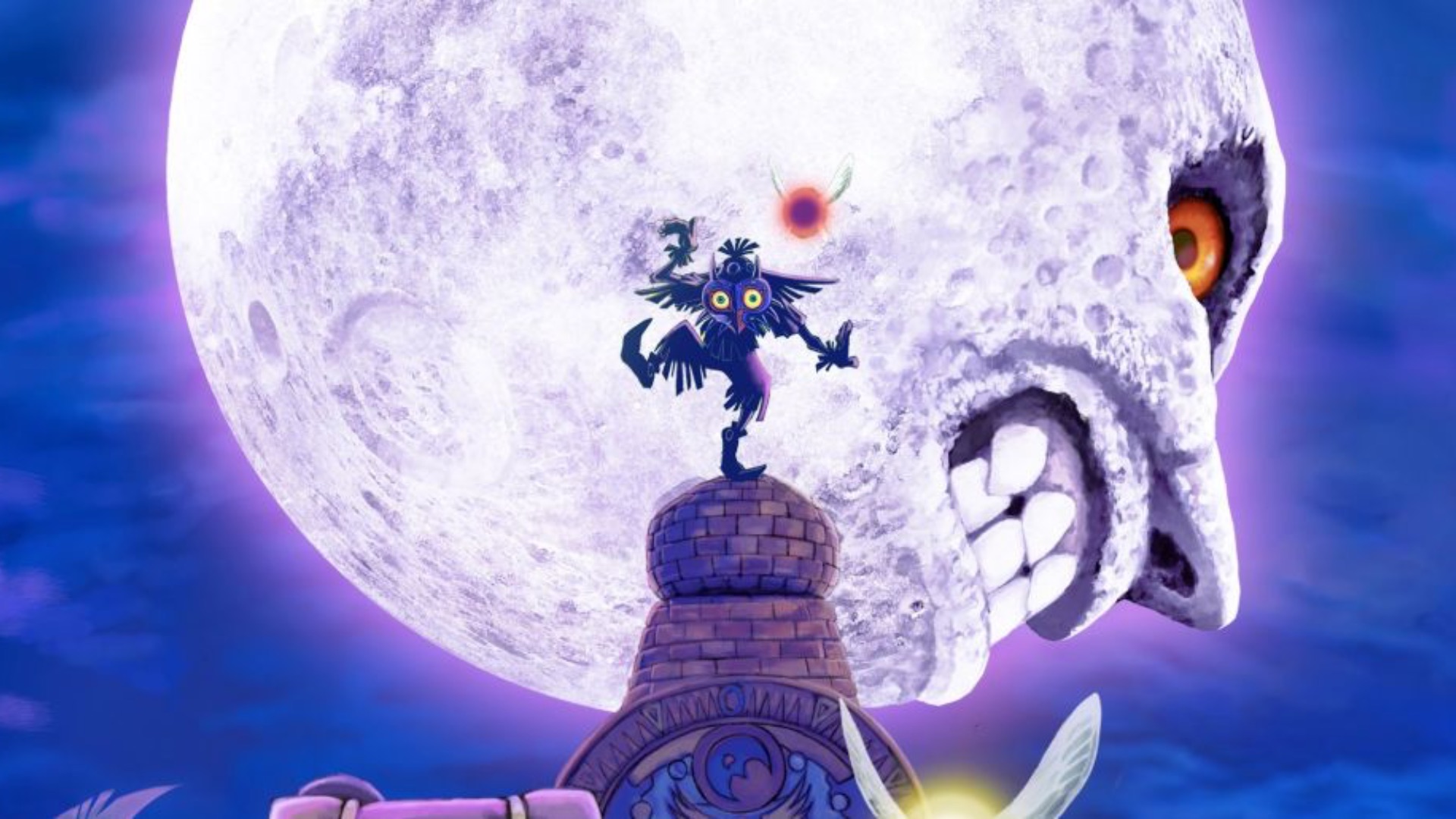
The strangest, most melancholy entry in the Zelda franchise marks a shift in tone from its more gung-ho predecessor The Legend of Zelda: Ocarina of Time. Taking place in Termina, an alternate version of Hyrule, Majora’s Mask sees Link forced to relive the same three days in order to stop the moon crashing into the world. With each ticking second the lunar rock’s toothy, creepy face looms closer, creating a pervasive sense of anxiety. It’s a darker, more complex take on the Zelda formula and one which a modern game could take cues from.
There’s been a shift in the Zelda franchise, and the success of 2017’s Breath of the Wild shows fans are craving something new. And technically, yes, Twilight Princess takes place 800 years after Majora’s Mask, making it a sort-of sequel. Yet, Majora’s Mask had features that would be perfect to bring back to the series: its time limits, grittier atmosphere, and – most important of all – its use of masks to transform Link into all sorts of creatures. Plus, if Nintendo did follow-on the story, a return to Termina would be a great deal of fun. The teaser trailer for The Legend of Zelda: Tears of the Kingdom implies the sequel is taking a darker tone, so perhaps the franchise could be ready to revisit some of Majora’s magic soon.


